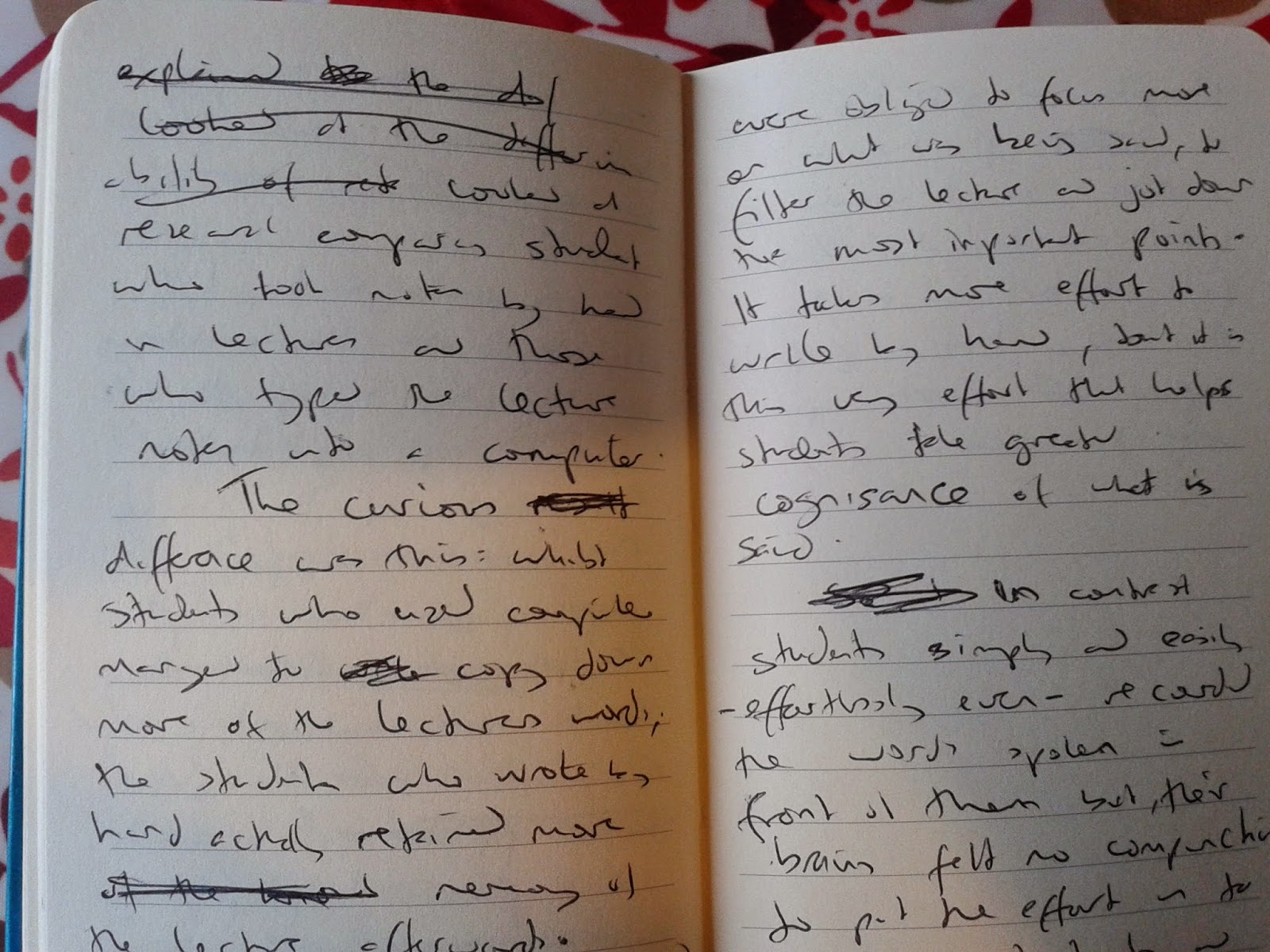We are a tactile species, the
weight and shape and texture of objects eliciting endless thoughts, conjectures
and connections in our minds. The solidity of a pebble in our hand contains all manner of
possibilities; we can rub it gently and reflect on the world around us, or send
it skimming over the waves. It is something we can add to a sand castle, or
turn into a cannon ball to use against its sandy towers.
In another age those who
examined stones would consider how to crack it open to make sharp edged tools: one
blade would be set aside for gutting fish or cutting meat from the bone, while
another blade would be designated as a surgical tool to slice away gangrenous
flesh or to cut an umbilical cord. But before any blade is made, or game is
played or any moment of reflection begun, there is that moment of touch. It is
touch, not ‘the word’, that is the beginning of our story as a species.
Even the spoken word is a
tactile phenomenon, relying on the pressure of tongue against teeth and palate,
of lip upon lip. Touch plays a role too in how we receive the spoken word. Is
the air touching our skin cold and damp or is it cool and refreshing; is the
seat beneath our backside hard or soft; are we sitting or standing in a roomy
space or are we part of packed in crowd? All these things will impact on how we
engage with words spoken to us.
How we record and take
cognisance of those spoken words is also effected by touch. In this ever
connected online Information Age an increasing amount of writers, including myself, claim
that the physical act of writing, of putting pen or pencil to paper, is the key
to successful research and writing. The movement of fingers and hand, the
kinetic choreography and calligraphy of bone, skin and cartilage working
together to scratch a mark on blank paper is an incredibly magical and
liberating act. It not only leaves an impression on paper but in the heart and
the head of the writer.
Science
is beginning to catch up with the gut instinct of writers. A recent article in
Scientific America A Learning Secret: Don’t Take Notes with a Laptop
examined ongoing research comparing students who took notes by hand during
lectures and those who typed notes direct into a keypad. The studies found that
the students who had computers managed to copy down more words than those who
wrote by hand. However it was the students who wrote by hand who retained more
memory of the lecture afterwards.
The very fact that writing is
a slow craft meant that students who wrote were obliged to focus more on the essence of
what was being said. As they wrote they automatically filtered, summarised and
weighed the value of the words spoken so that they could jot down what was
really important. All of this takes more effort than copying words onto a
screen, but it was this very effort that produce a greater engagement with the
lecture. The written notes also seemed to provide more ‘effective memory cues
by recreating the context (e.g., thought processes, emotions, conclusions) as
well as content (e.g., individual facts) from the original learning session.’
There can be no doubt about
the benefits of Information Age, yet it would seem that the very ease of the
interconnected world carries within it the danger of missing deeper slower
engagements. So the next time you’re in a lecture remember to GO SLOW and write
your notes by hand, that way you will make your brain retain the information and
not your computer.
Related articles:
* * *
For more on how to look good,
feel good and be in charge of your life as a student at NUI Galway check out Student's
Services Health Promotion Students at NUI Galway can also sign
up for the free online health and wellness magazine Student Health 101

No comments:
Post a Comment